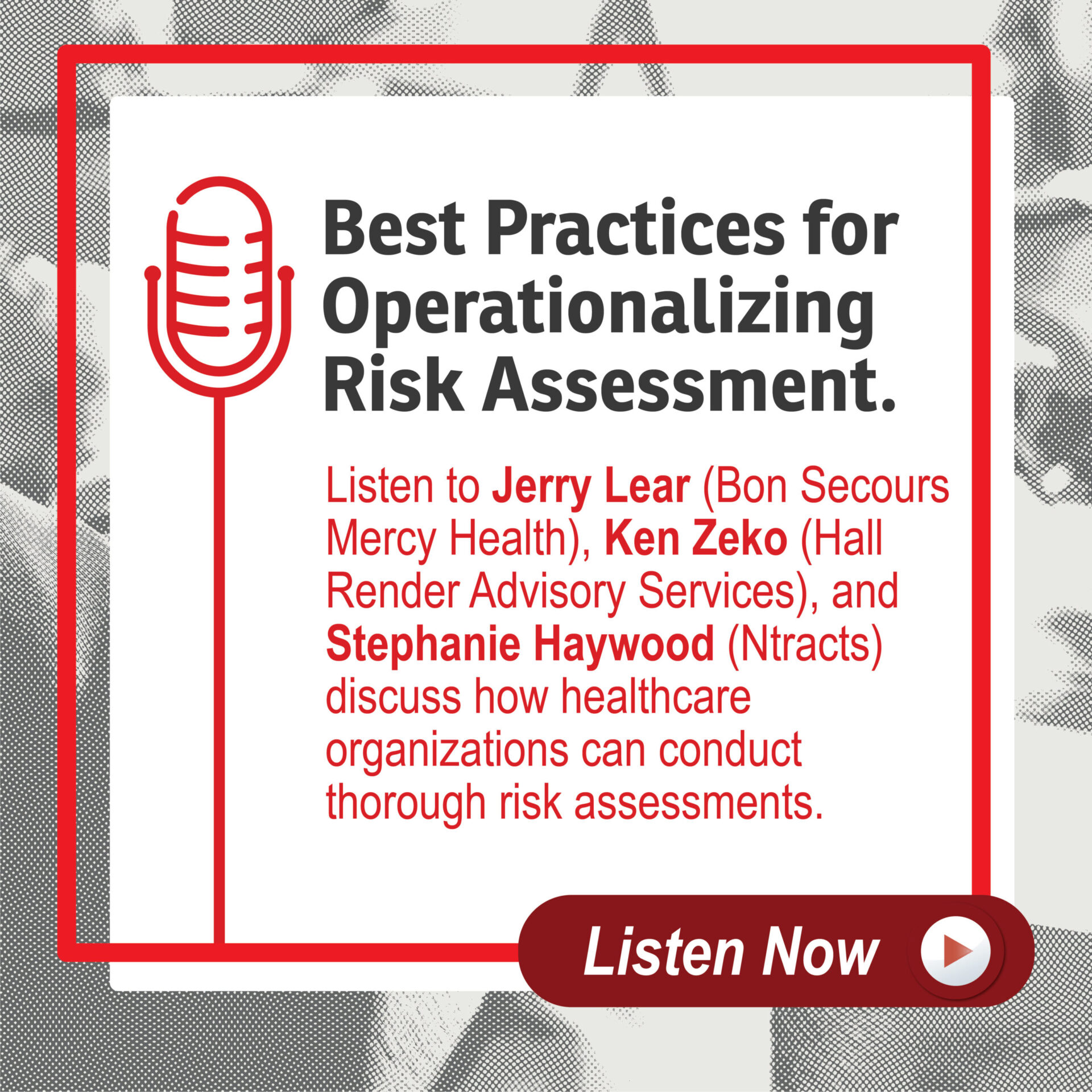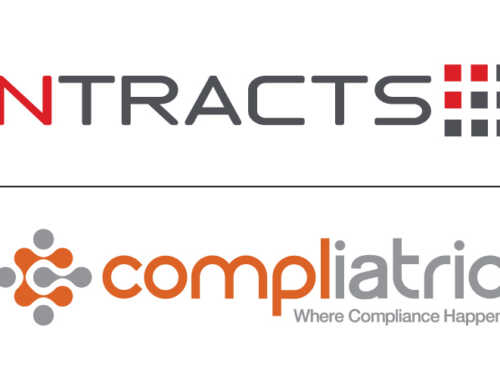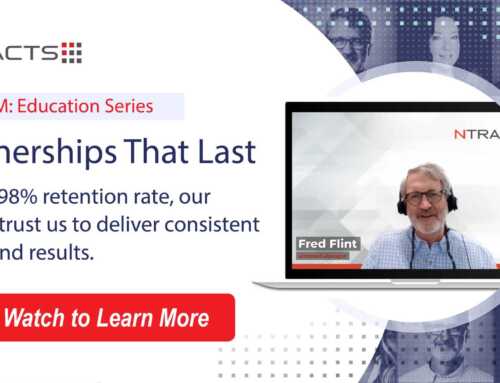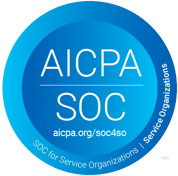Ntracts hosted its 2nd annual in-person NAC meeting this month with a full roster including strategic CLM discussion topics presented by each provider member, keynote speaker Wendy Rubas on contract and information management, and plenty of Chicago-themed fun.
Ntracts’ CEO David Paschall shared his thoughts on the event: “When we launched the Ntracts’ Advisory Council two years ago, we knew this group healthcare compliance, contract management, and legal experts would benefit from being in the same room together to share ideas and insights. We’re ecstatic to facilitate this meeting and honored that our members trust us with their insights, their stories, and their performance improvement mindset. We’re so thankful they’re willing and eager to participate in this type of knowledge sharing to better the industry and contract management practices overall.”
The Ntracts Advisory Council members are highly esteemed and accomplished professionals from within hospitals and health systems ranging in size from mid-sized to large. The Ntracts’ team members on the NAC include executive leaders and client success managers.
See highlights from the event here:
Key Takeaways:
Types of Contracting Processes: Centralized vs. Decentralized
Different organizations have different needs and expectations for contracting – even company culture can play a role in how each organization executes it’s contract management processes and policies. We learned about and discussed the differences between centralized and decentralized contracting processes, as well as the benefits and challenges of each.
Some healthcare organizations may need their legal team to be prepared to work with several departmental contracting requests and have a process for liaising with each department in addition to maintaining a process for engaging with their value analysis team.
Other healthcare organizations may choose to define the types of agreements that will be handled by legal. Those that will be negotiated exclusively by supply chain, which types of agreements are outside of supply chain’s scope and those that require collaboration across multiple teams, including legal, compliance and IT, as an example.
No matter how your organization defines it’s contracting process, the importance of a having a defined contracting process can not be understated.
Out of the Many KPIs of an Effective CLM Platform, There’s 1 Metric that is the most important
Tracking active contracts with expired termination dates, tracking the amount of contracts making it through a workflow, tracking various departments making contracting requests, and so on . . . there are many key performance indicators that an organization can and should track based on their contracting process and organizational goals.
During our session, advanced reporting was a hot topic. The member who spoke on the topic of reporting shared visuals of the Ntracts reports their team rely on to make informed assessments and identify improvement areas. The metric that is consistently at the top of the list of importance is “contract lifecycle time” – or how long it takes to execute a contract from initial request all the way through signature.
Overcoming Barriers to Transformational Change in CLM
In this session, the speaker discussed common challenges an organization may face when implementing a contract lifecycle management solution. One of the most substantial can be shifting mindsets within the company.
Often, people have a difficult time accepting change, but our speaker shared their experience effectively combatting reluctance to change by utilizing effective communication and transparency. By sharing the reasons behind CLM implementation, the benefits to each individual, their team and the organization as a whole including how it will help assess and mitigate risk as well as allow the team to be good financial stewards of resources, adoption and engagement across the organization increased.



![[Webinar On-Demand] Compliance Program Effectiveness: From Mystery and Mayhem to Mastery and Metrics](https://www.ntracts.com/wp-content/uploads/2025/01/WOD-Thumbnail-scaled-500x383.jpg)

